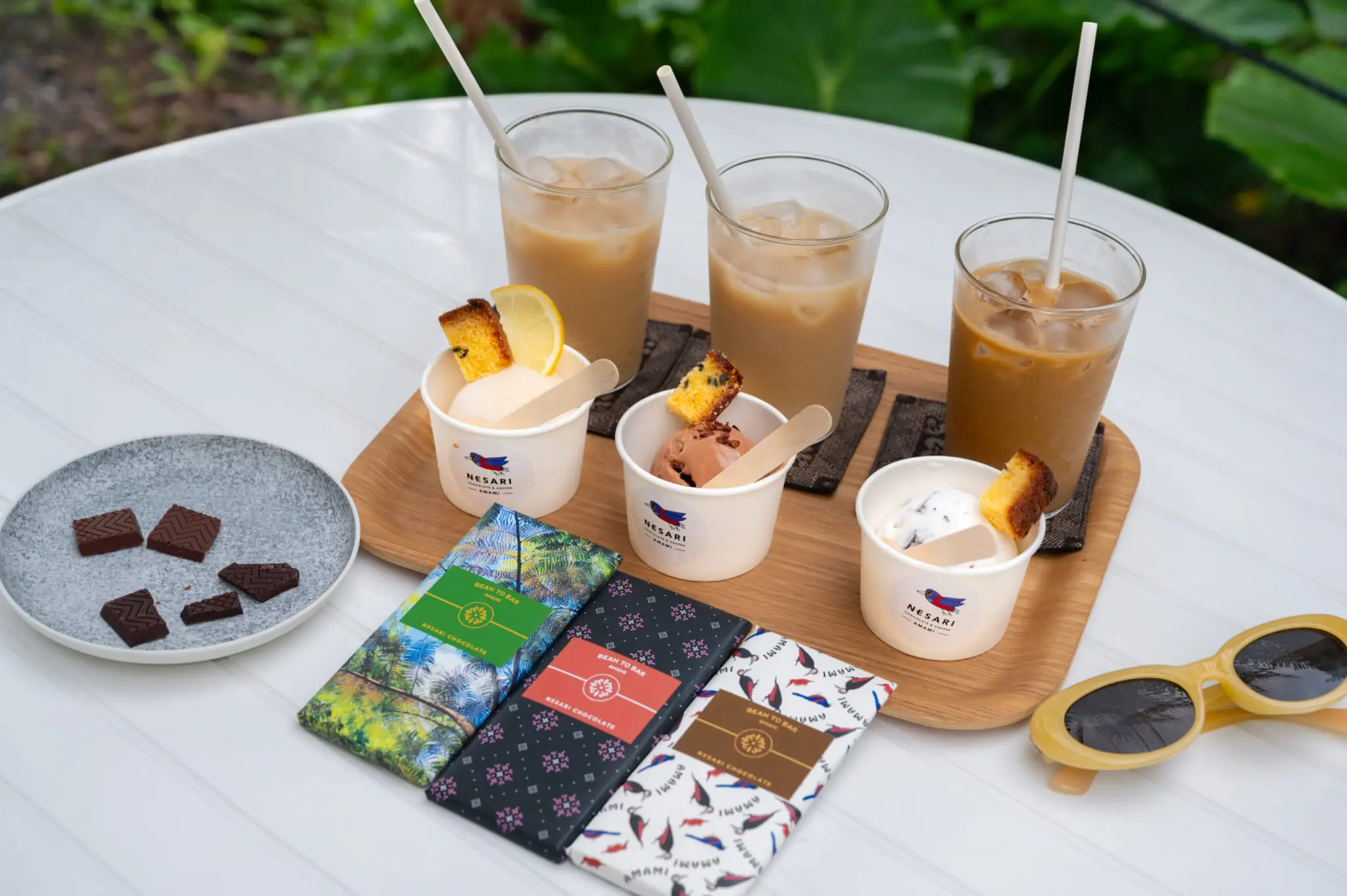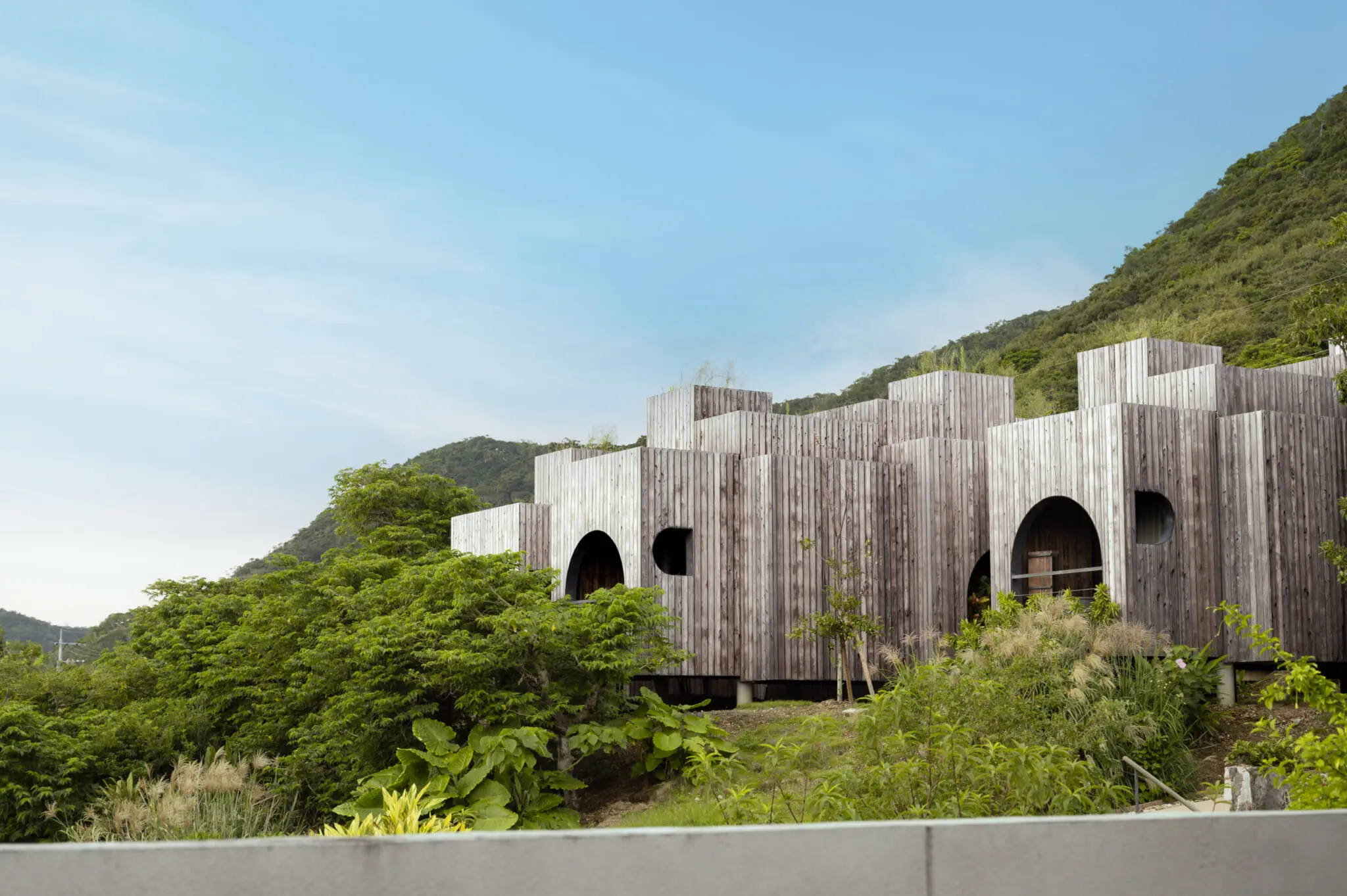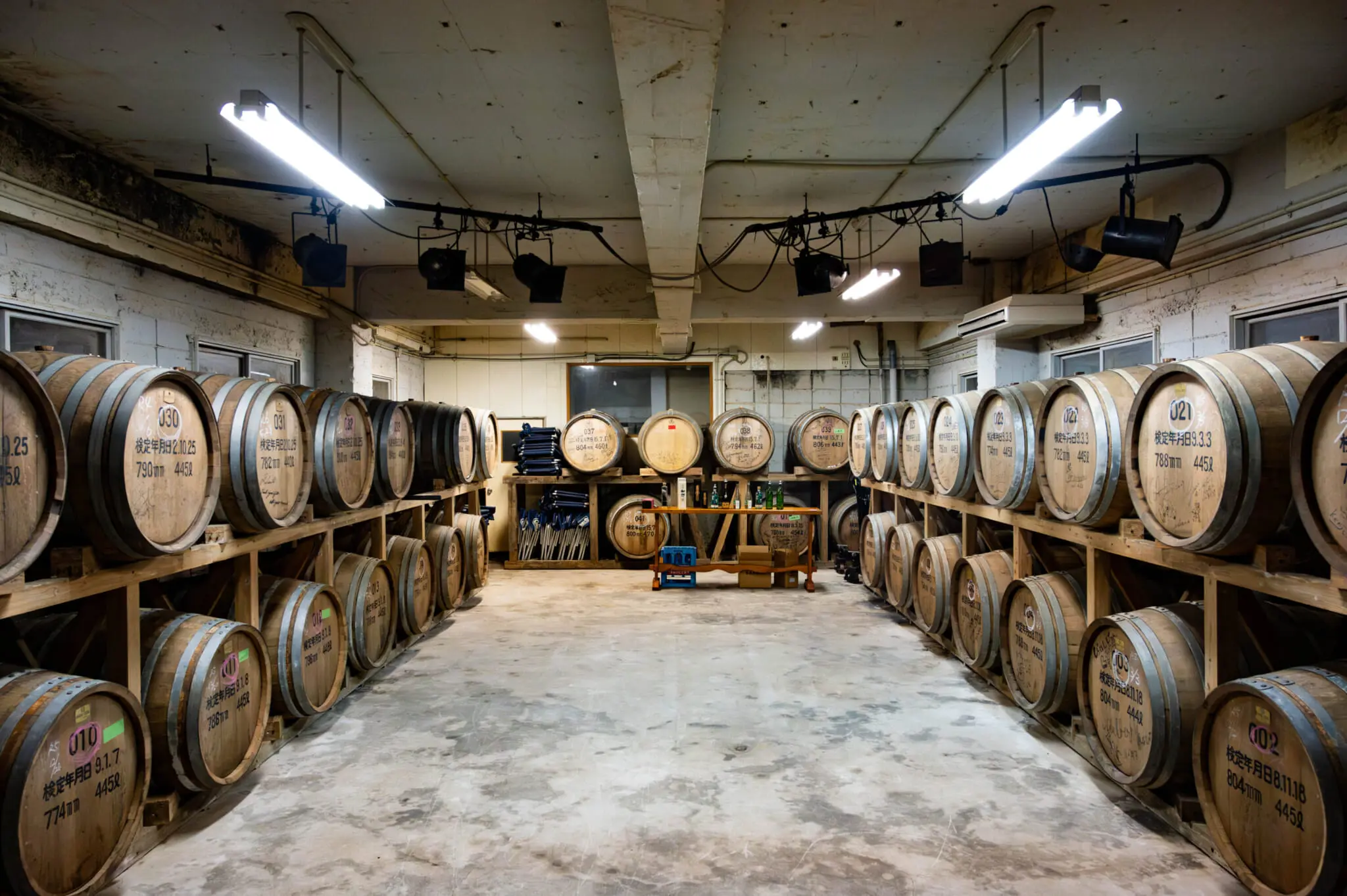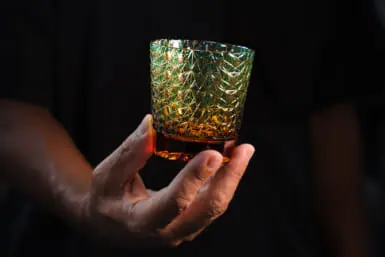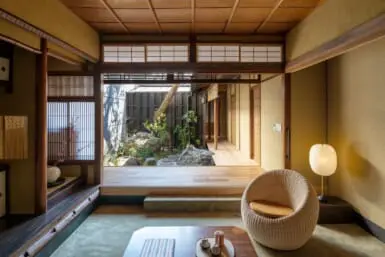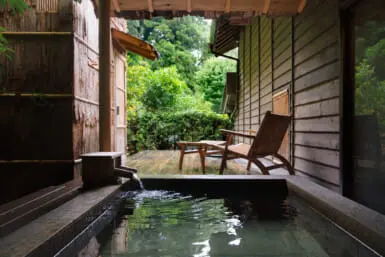Set between Kyushu and Okinawa, the Amami Islands are composed of eight inhabited islands, each with its own unique charm and culture. They’re considered one of Japan’s most beautiful hidden gems — a subtropical paradise with bountiful biodiversity and pristine nature glistening alluringly in the middle of the ocean. They’re lush and unspoiled, with white sand beaches and primeval forests and picturesque rivers that wind through mangrove marshes.
The islands are unlike anywhere else in the world, home to ancient species known as “living fossils.” Amami Oshima, the largest landmass in the archipelago, stands out as a haven of lush greenery and vibrant wildlife — given its immense ecological diversity, it’s often compared to the Galápagos. It has a unique and fascinating cultural heritage, too, strongly influenced by both the Ryukyu Kingdom (modern-day Okinawa) and mainland Japan, and shaped by a deep respect for the natural world.
Amami Oshima is an incredibly warm and welcoming place, where nature and culture are intertwined. I was struck by the way in which careful conservation — both of the land and of traditional culture — is seamlessly woven into daily life.
A Sanctuary for Natural Wonders
The dazzlingly clear, turquoise waters around Amami are renowned, their bright, limpid hue referred to as “Amami blue.” Amami Oshima is ringed by coral reefs, where you can see clown fish, butterfly fish and angelfish — and also sea turtles. Venturing further inland, you’ll come across its famous mangrove forests and wetlands, which can be explored by kayak.
The island is registered as a UNESCO World Natural Heritage Site, home to dense subtropical forests like Kinsakubaru Forest, a verdant landscape teeming with remarkable plant life, including ancient trees. Given that these areas are protected, entry is prohibited unless you’re accompanied by a certified ecotour guide. We recommend Seiya Kokabu from Link Adventures, who can provide valuable context and insight as he shows you around.
Amami Oshima overflows with life: It feels like every moment can bring with it a new surprise. While standing by a patch of golden pampas grass, staring out at the ocean, I was suddenly enveloped in a storm of nearly 20 bright blue butterflies, swirling around me like petals in a burst of wind. It’s telling that the island’s most celebrated artist is Isson Tanaka, who moved there in his 50s; his paintings exalt the island’s ferns, flowers and birds, rendering them in vivid, intoxicating colors. After a trip to the Tanaka Isson Memorial Museum, I felt like I absorbed his perspective, recognizing the sublime in even the smallest of organisms.
Where To Eat, Drink and Stay on Amami Oshima
Being an island, Amami Oshima is replete with fresh seafood. It also has a hearty local cuisine consisting of pork, chicken and noodle dishes. It’s best to experience these dishes in a setting that showcases the island’s immense spirit of warmth and hospitality. Try Kazumi, a charming and diminutive izakaya named for its proprietor, Kazumi Nishi. Before opening the restaurant, she made a name for herself as an award-winning shima-uta (island song) singer. Most nights, she leads the room in performing shima-uta together, with a young woman who works alongside her playing sanshin.
For a more private but equally memorable experience, stop by Natsukashaya, set in a renovated home and run by a former schoolteacher, Isako Egami. In an elegant yet cozy setting, you can enjoy a kaiseki feast of the island’s traditional home-cooked meals, including spiny lobster, vegetable pork miso and freshly caught fish.
Amami Oshima is also incubating a robust local coffee culture, helped by the fact that there are no coffee chains on the island. By The Tree Coffee serves freshly roasted coffee and handmade baked goods in a chic, minimalistic space. Nesari Coffee Stand specializes in handmade chocolate and gelato alongside freshly roasted brews — one of its most interesting offerings is its cacao fermented syrup drink.
There are abundant accommodation options on the island, premier among which is Miru Amami. Stay in a private villa overlooking the sea, many with private outdoor baths and all designed with the elegance that defines Japanese architecture.
Local Specialties in Amami Oshima: Kokuto Shochu and Oshima Tsumugi
Brown sugar, or kokuto, is a local specialty in the Amami Islands, and their kokuto shochu is legendary. Only distilleries on the islands are authorized to produce this spirit, making it a rare delicacy. Definitely order it with dinner, but if you wish to discover it more intimately, there are several breweries on Amami Oshima that are open for tours.
I recommend Nishihira Distillery, which we visited with another licensed tour guide, John Manolito Cantu, who, in addition to leading ecotours and interpreting, works at the distillery as a producer. It’s run by Selena Nishihira, who took over the family business in 2021; before doing so, she was studying music in Tokyo. Among the barrels, you can find a stage for live gigs, and the brewery is currently experimenting with sonic aging, in which shochu is artificially aged using sound vibrations from different genres of music.
Amami Oshima is also renowned for its traditional textiles: Oshima tsumugi, a luxurious, handwoven silk fabric, celebrated for its immensely intricate patterns. The process of creating it is incredibly meticulous and labor intensive, and it can only be done on Amami Oshima. This is because the fabric is dyed using a local plant extract and then submerged in mud; the mud on the island is unusually high in iron, which is essential for creating the fabric’s deep, dark hues. It’s believed to be the remnants of a meteorite impact millions of years ago.
You can see the kimono being produced at Amami Oshima Tsumugi Village and, if you are inclined, have a kimono made for yourself. If you’re not in the market for one of the world’s most exquisite formal garments, tsumugi accessories and shirts are also available for purchase; Portside, located on Naze Bay, also sells jackets and casual garments made from repurposed second-hand kimono and obi belts.
Amami Oshima is a place where nature, culture and tradition intertwine. From its ancient forests and bright coral reefs to its rich culinary offerings and its artistic legacy, the island is more than a destination — it’s an experience that stays with you.
More Info
Amami Oshima can be reached by direct flight from Tokyo; the journey generally takes around two and a half hours by plane. For direct flights from Haneda, please visit JAL’s website.
JAL also has an Amami Islands vacation guide and recommendations for your visit to the island.







